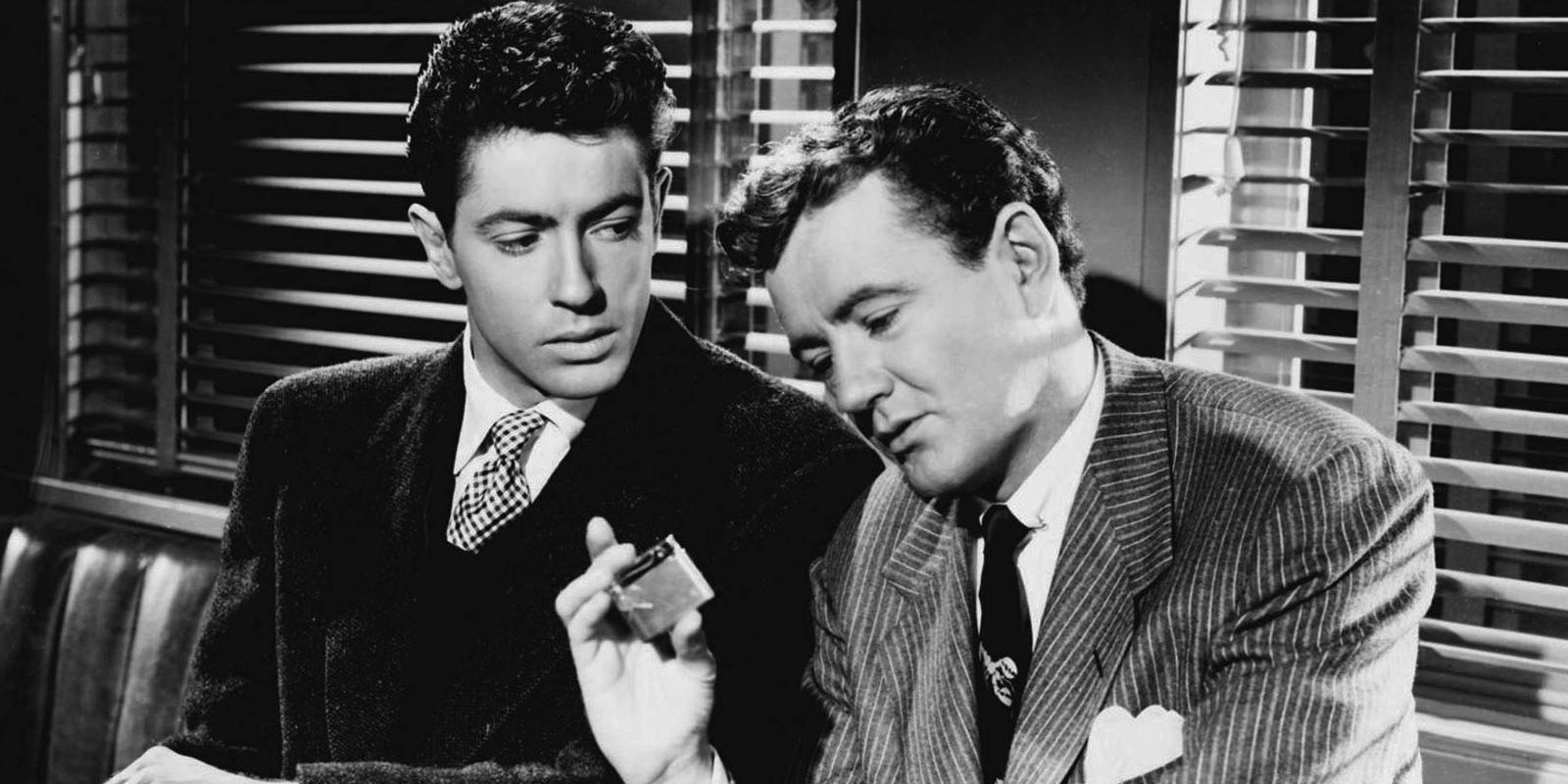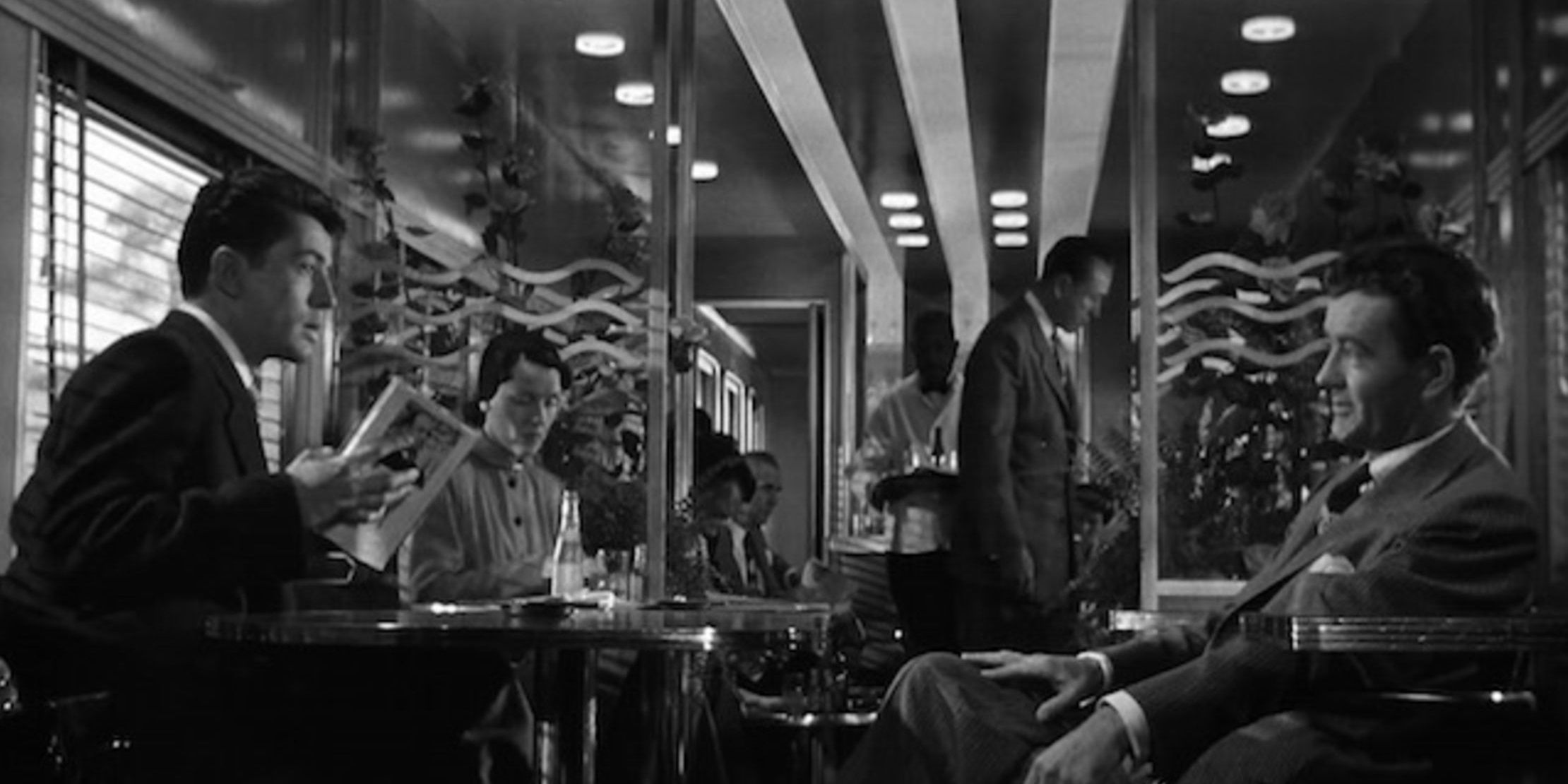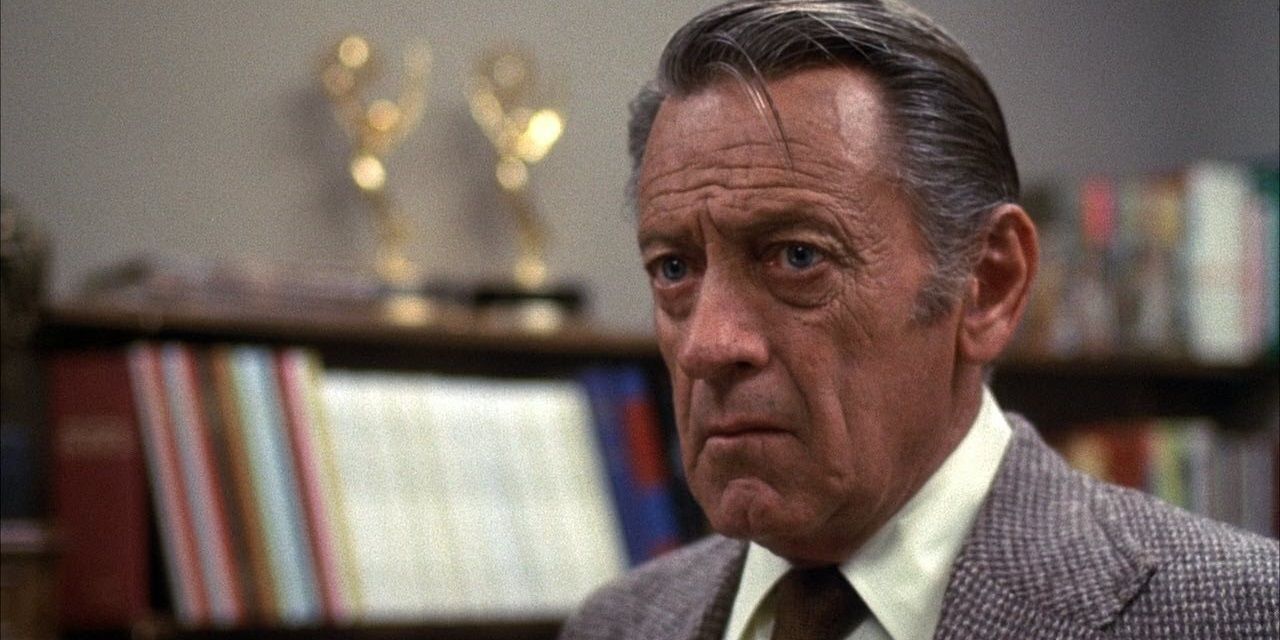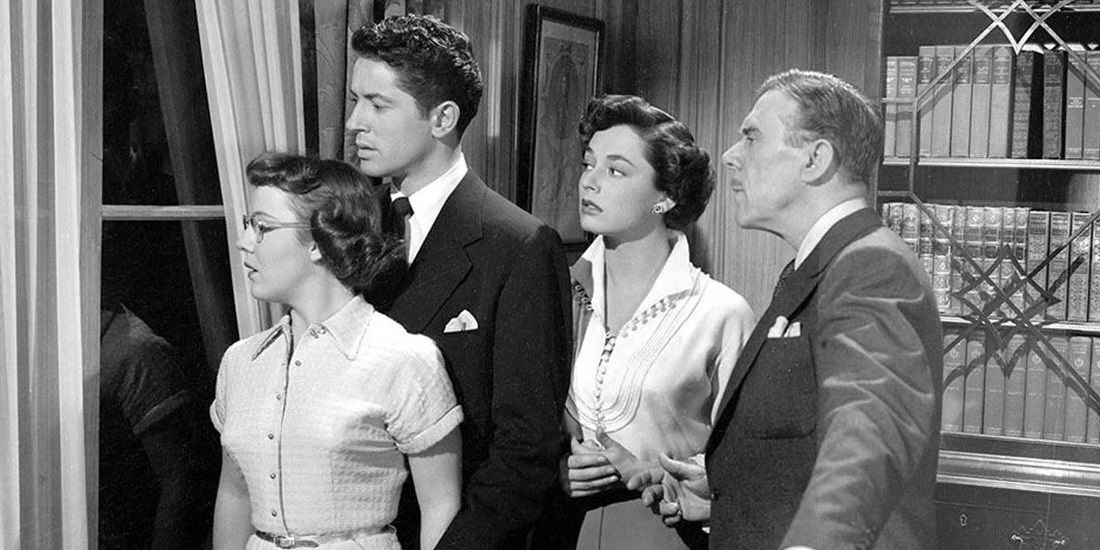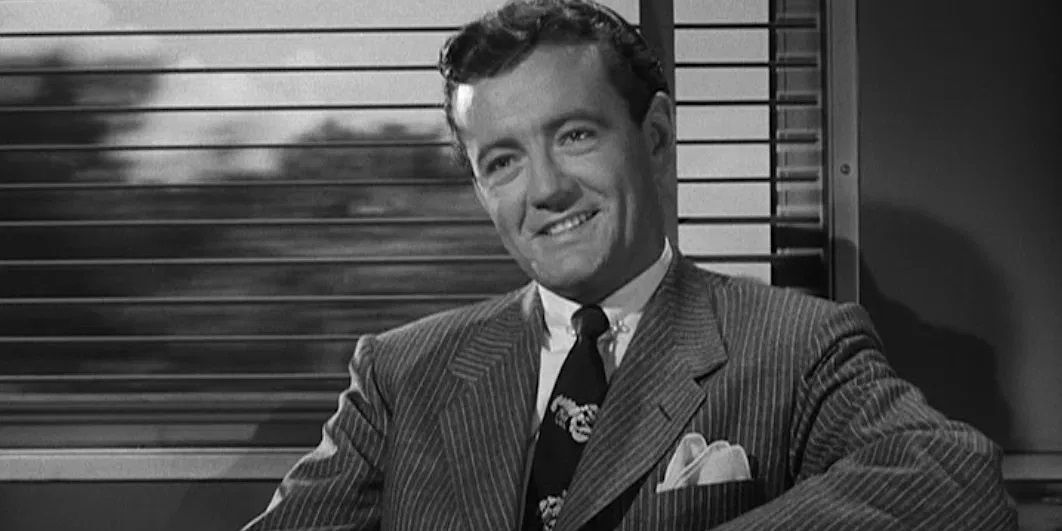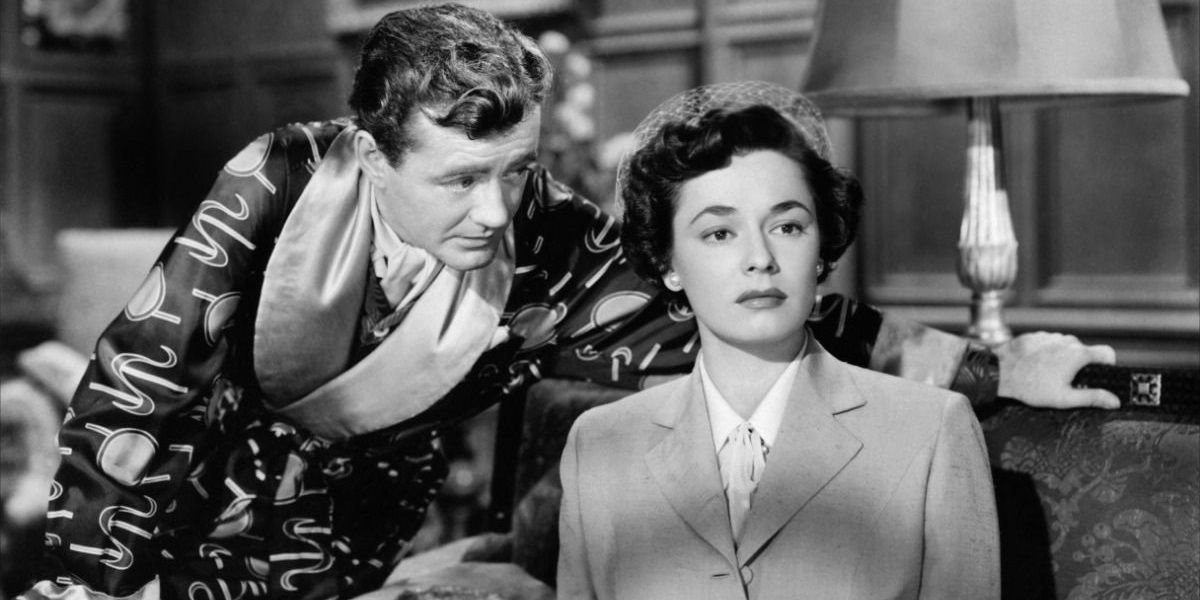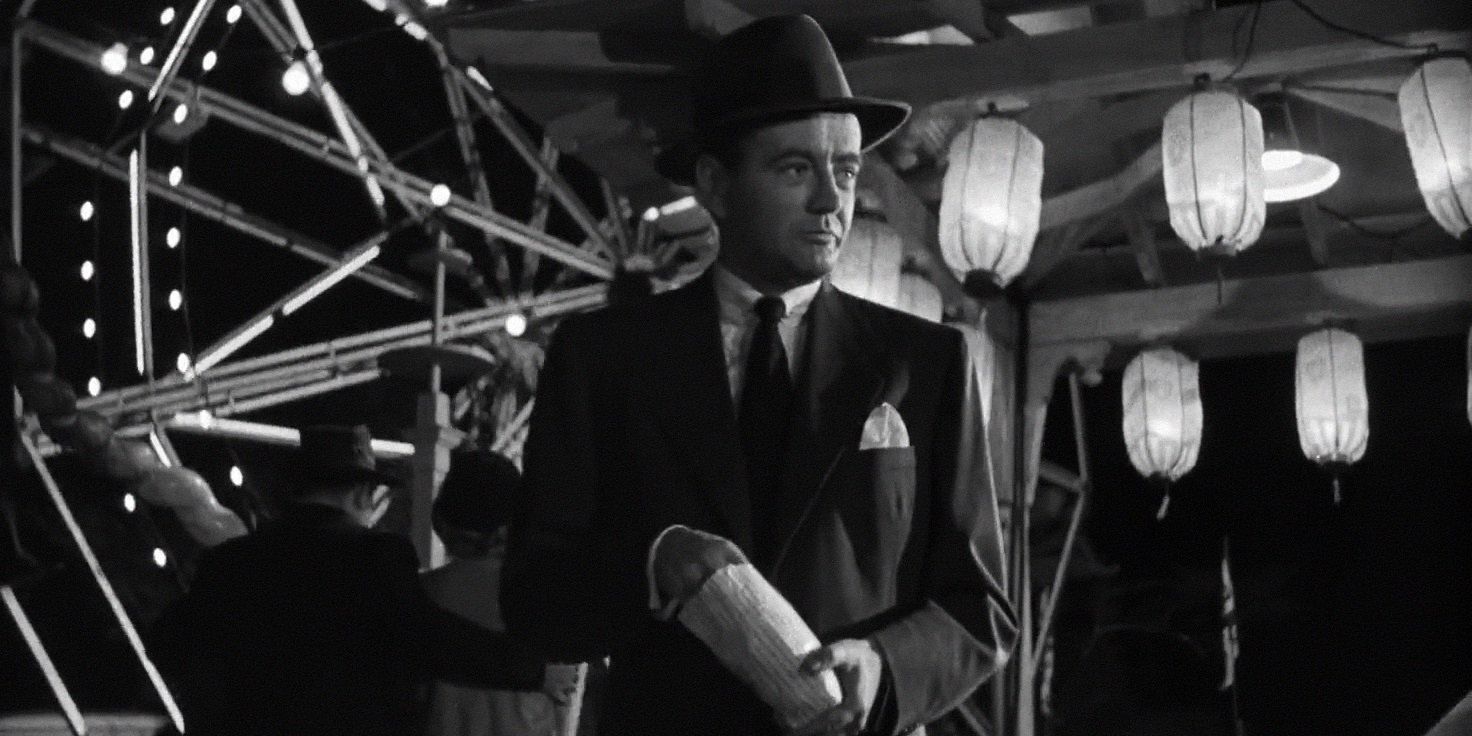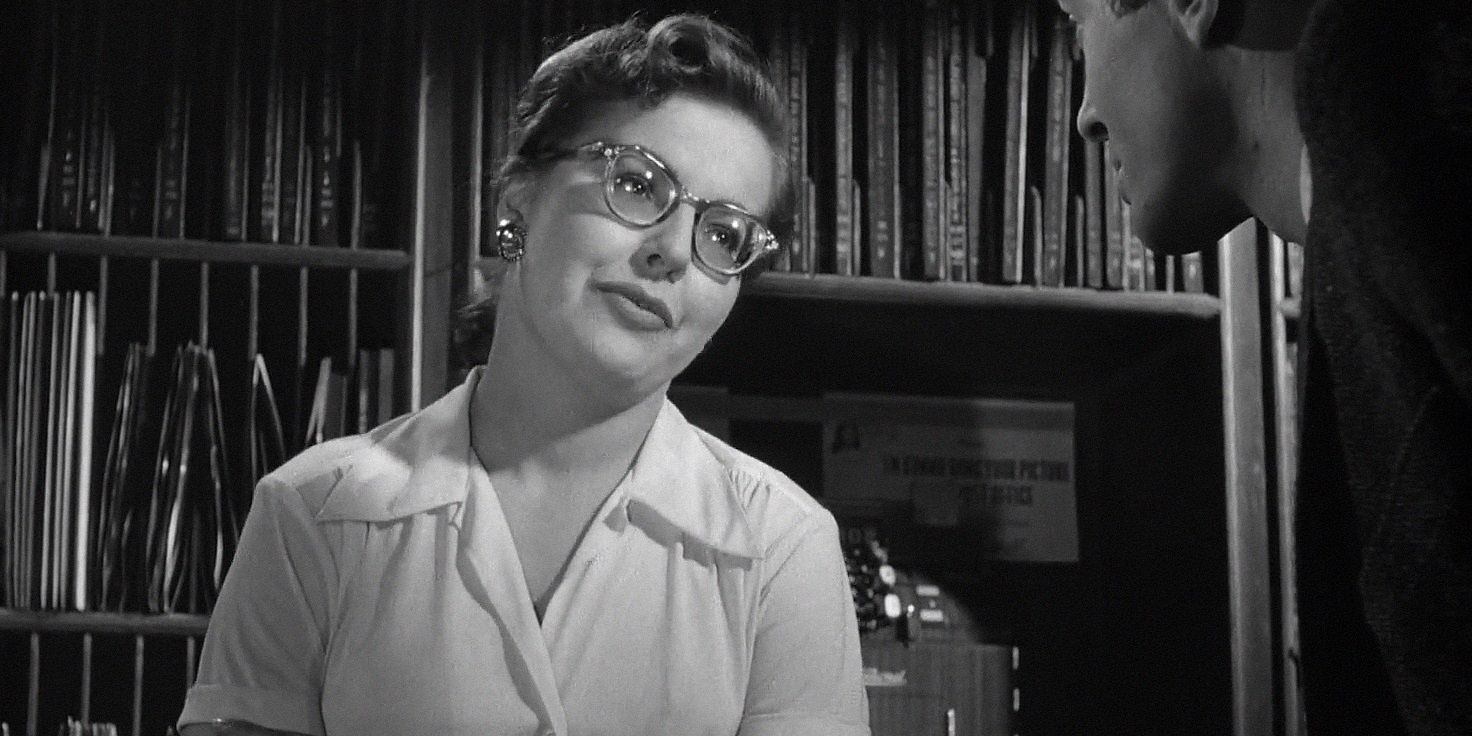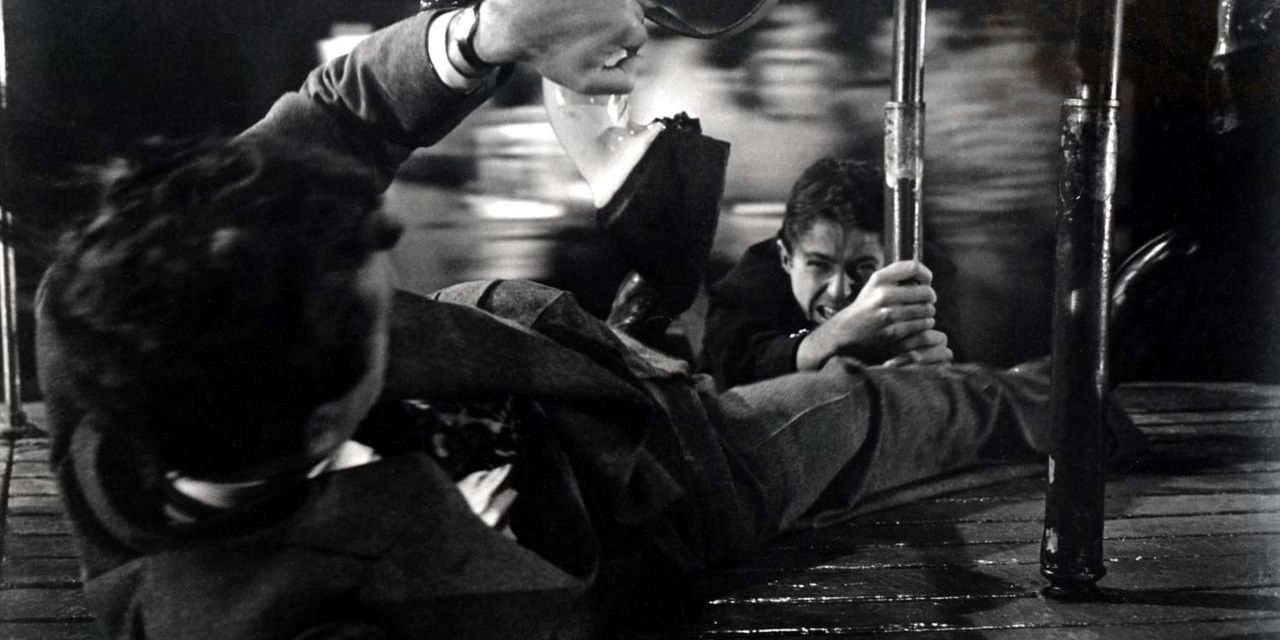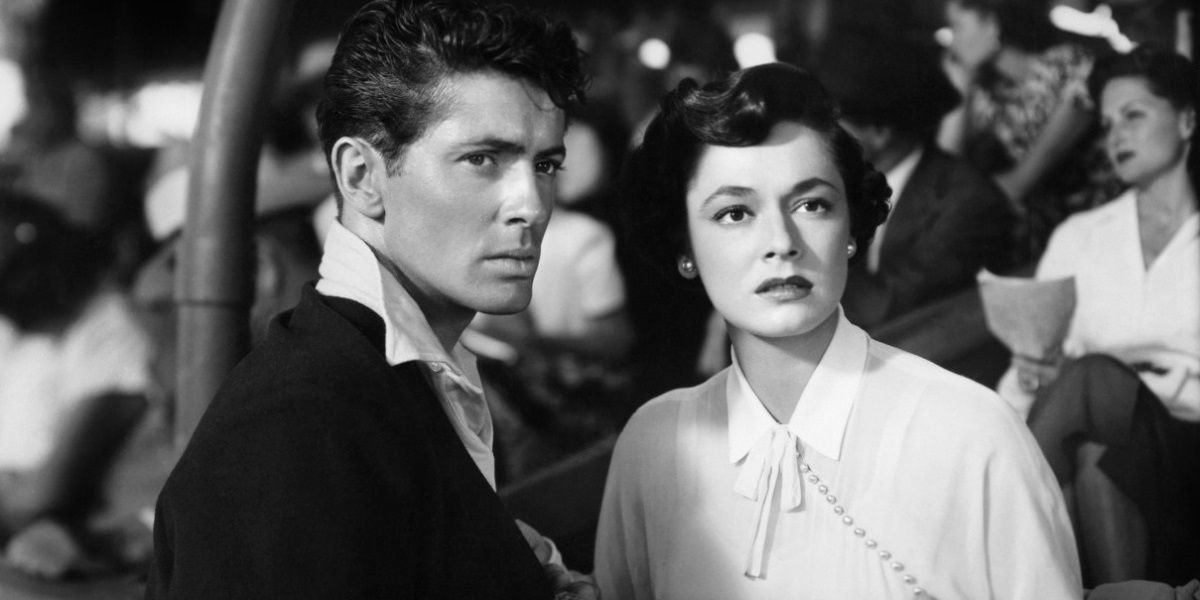Alfred Hitchcock’s Strangers on a Train isn’t usually ranked alongside Vertigo, Psycho, and North by Northwest with the director’s all-time greatest works, but it is one of his most iconic and influential movies, as its story of a murder pact has been copied by everything from Throw Momma from the Train to Horrible Bosses.
Since Hitchcock clashed with the studio, the story of how Strangers on a Train got made is an interesting one. It was far from smooth sailing for the filmmakers, as there were disagreements about the ending and Hitchcock was unhappy with how the movie turned out.
Hitchcock Landed The Rights To Patricia Highsmith’s Novel For $7,500
The Patricia Highsmith novel that Strangers on a Train was based on was the author’s first published book, so Hitchcock was able to secure the film rights for the low price of $7,500. The director managed to negotiate such a low fee by keeping his name out of the negotiations, as was his M.O. to get film rights for as cheap as possible.
Highsmith was pretty annoyed when she found out the guy who got the rights to her thriller novel for so cheap was the most famous thriller director in the world.
The Producers’ First Choice To Play Guy Was William Holden, But He Was Unavailable
The producers’ top choice for the role of Guy Haines was William Holden, but he was unavailable at the time of shooting, so the part went to Farley Granger instead.
Hitchcock’s daughter Pat Hitchcock was also in the cast, but the director didn’t give her preferential treatment to avoid resentment from the other actors.
Raymond Chandler Thought The Story Was Silly
Raymond Chandler’s screenplay for Strangers on a Train turned out to be his last. Hitchcock wanted a famous crime writer to pen the movie’s script, but most of them – including John Steinbeck and Thornton Wilder – turned down the job, because the source material was a first-time novel.
Dashiell Hammett came close, but talks with his people broke down and he never got the job. Chandler thought the story was silly, but accepted the gig anyway.
Hitchcock And Chandler Didn’t Get Along
Hitchcock and Chandler famously didn’t get along during the making of Strangers on a Train. Hitchcock liked to conduct long, unwieldy meetings where the project might not even come up, whereas Chandler wanted to get straight to business so he could start writing.
Plus, Chandler was more interested in character, while Hitchcock was more interested in plot. Naturally, the two clashed. Eventually, they dropped the pleasantries and were openly rude toward one another.
Ruth Roman Was Cast At The Studio’s Behest
Hitchcock didn’t want to cast Ruth Roman as Anne, but since she was under contract with Warner Bros., the studio insisted on giving her the role.
As a result, Hitchcock and Roman had tensions on the set. Patricia Highsmith, who wrote the source material, later criticized Roman’s casting.
Hitchcock’s 13-Year Collaboration With Cinematographer Robert Burks Began With This Movie
When Hitchcock hired cinematographer Robert Burks to work on this movie, it began a 13-year collaboration in which Burks would lens every Hitchcock movie from Strangers on a Train up to 1964’s Marnie, with the exception of 1960’s Psycho.
Hitchcock needed a cinematographer who shared his vision, and found just that in Burks, who was at the time working as a staff camera operator on the Warner Bros. lot.
Kasey Rogers Couldn’t See Through The Prop Glasses She Had To Wear
Hitchcock insisted on giving Kasey Rogers thick prop glasses for her character, even in long shots where the difference wouldn’t be noticeable. Rogers had perfect vision, but these glasses effectively blinded her.
She needed to be guided around the set by the other actors. In one scene, she can be seen running her hand along a table, which she had to do to figure out where she was.
A Stuntman Actually Crawled Under A Moving Carousel
For the scene in which a man crawls under the moving carousel to get to the control, no movie trickery was used. A stuntman actually crawled under a moving carousel. Hitchcock later claimed that this was the most dangerous stunt ever performed for one of his movies.
As for the explosion of the carousel, that was shot with a miniature and then blown up on a big rear-projection screen behind the actors.
The Studio Forced Hitchcock To Give The Movie A Happy Ending
Hitchcock wanted to end Strangers on a Train with Guy saying, “Bruno, Bruno Antony – a clever fellow.” However, the studio refused to let the movie end like that and forced Hitchcock to shoot a happier ending.
As a result, there are two cuts of the movie. These are called the “American cut” and the “British cut,” although the latter was never actually released in Britain. Hitchcock was unhappy with both versions.
The Head Of The Studio Faced A Very Mixed Response To The Movie
After the release of Strangers on a Train, back when moviegoers sent their feedback directly to the head of the studio, Jack Warner’s office received a very mixed response from audiences.
Some people lambasted the sordid tone of the story, while just as many praised it. Warner was very happy when he saw the box office numbers, because the movie was a hit.

